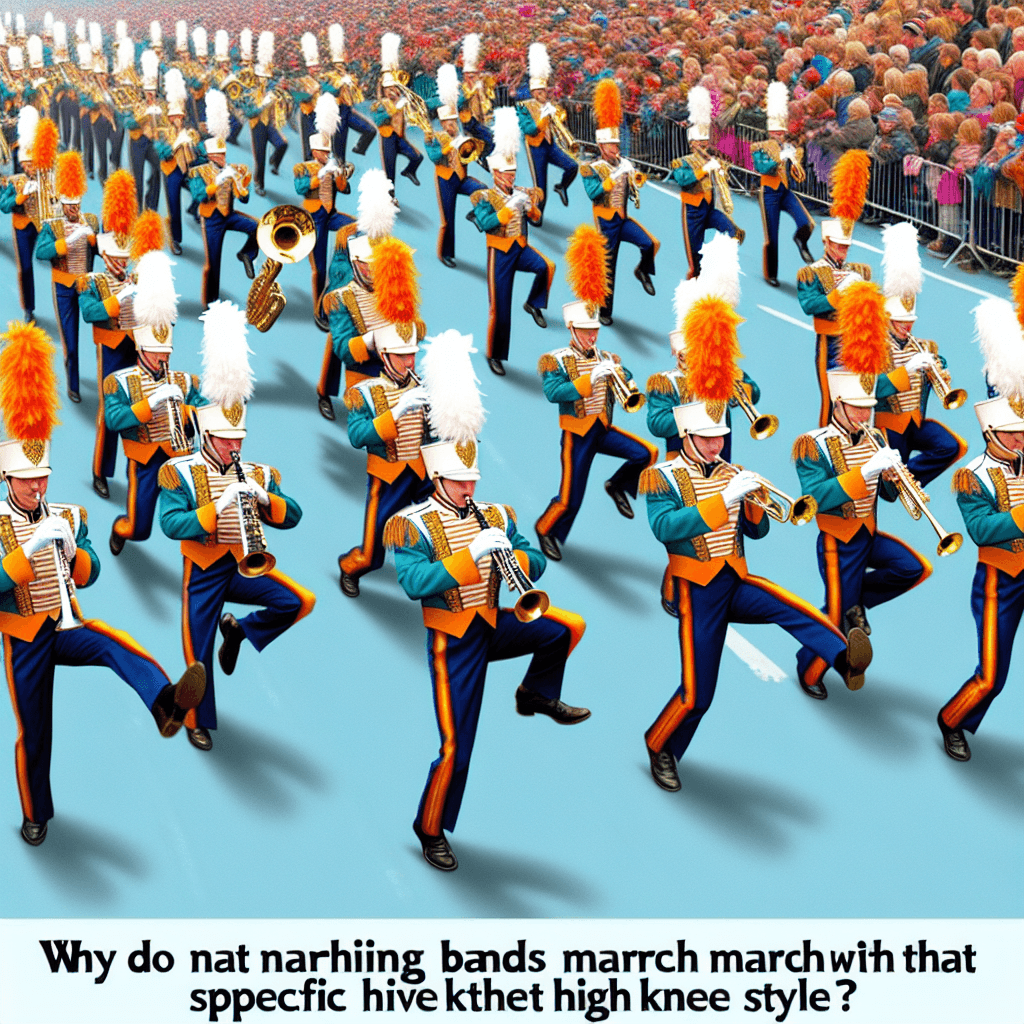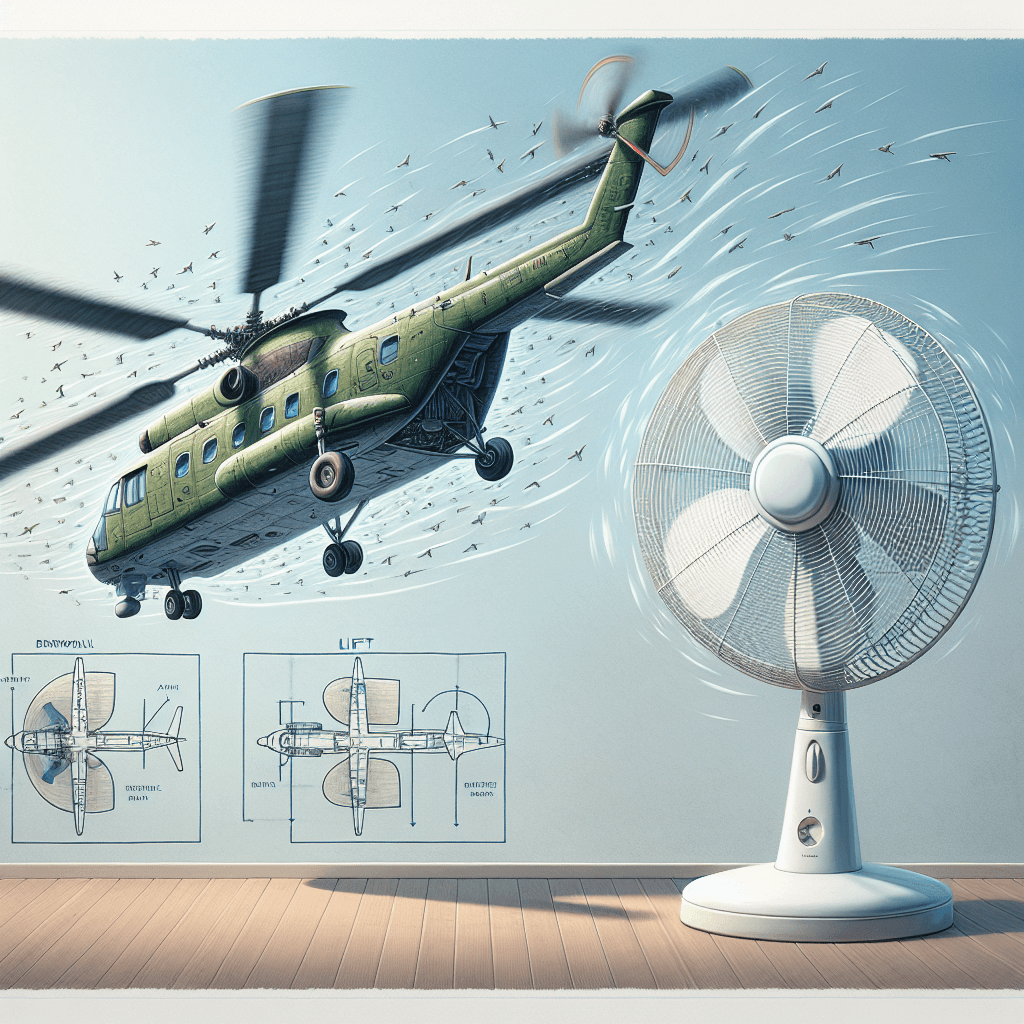Why do marching bands march with that specific high-knee style
That powerful, high-knee march isn't just for show—it's a fascinating technique rooted in military history and the pure science of projecting sound across a field.


Too Long; Didn't Read
TLDR: The high-knee march creates a visually powerful and uniform look, keeps everyone in step, and originates from military bands needing to march over rough terrain.
The High Step Explained: Why Do Marching Bands March With That Specific High-Knee Style?
The roar of the crowd, the thunder of the drumline, and the blast of the brass section—nothing captures the energy of a football game or a parade quite like a marching band. As they move in perfect synchrony across the field, one element often stands out: their distinctive march. For many bands, this isn't just a simple walk; it's a powerful, exaggerated, high-knee step. But have you ever stopped to wonder why? This specific style is far more than just flashy choreography.
The way a marching band moves is a fundamental part of its identity and performance. The high-knee march, in particular, is a deliberate technique rooted in history, practicality, and the art of entertainment. This post will break down the reasons behind this iconic style, exploring its purpose, its origins, and how it contributes to the spectacle we all know and love.
It's Not Just One Style: The High Step vs. The Roll Step
Before diving into the "why," it's important to understand that not all bands march the same way. There are two primary styles seen in the marching arts today: the roll step and the high step.
-
The Roll Step (or Glide Step): This technique is designed for maximum musicality. Performers roll through the foot from heel to toe, keeping their upper bodies completely stable. This smoothness prevents the jarring motion that can interfere with producing a clear, consistent sound from a wind instrument. It is the standard for most modern competitive drum corps and many high school and college bands focused on complex musical arrangements.
-
The High Step: This is the style in question. It involves lifting the thigh parallel to the ground (or higher) and driving the foot down decisively. It is visually dramatic and rhythmically powerful, prioritizing showmanship and visual impact.
More Than Just a March: The Purpose of the High Step
Bands that choose the high-step style do so for several key reasons that blend practicality with pageantry.
Visual Impact and Entertainment
The most obvious reason is showmanship. A block of 100 musicians lifting their knees in perfect unison creates a breathtaking and intimidating visual spectacle. This high-energy movement is exciting for the audience, transforming the band from a musical ensemble into a dynamic visual performance. It’s designed to fill a massive stadium and capture the attention of every fan in the stands.
Navigating the Field
The high step has practical, historical roots. Early military bands and their modern counterparts often had to march over uneven or unkempt terrain. Lifting the feet high ensures clearance over tall grass, mud, and other potential obstacles on a natural field. Even today, on grass football fields, this technique helps prevent tripping and maintains the integrity of the formation.
Maintaining Tempo and Precision
In a large ensemble, keeping time is everything. The high step provides a clear, visible, and audible cue for every member.
- Visual Cue: The exaggerated leg lift makes it easy for performers to see the feet of those in front of and around them, helping the entire band stay in step.
- Audible Cue: The forceful downward motion of the foot hitting the ground creates a percussive sound, reinforcing the drumline's tempo for everyone. This "downbeat" literally keeps the band grounded in the rhythm.
Where Did It Come From? A Brief History
The high-knee march has strong ties to two major traditions: military drills and the show-style bands of Historically Black Colleges and Universities (HBCUs).
The style’s foundation comes from military parade drills, where precision, uniformity, and a commanding presence were paramount. This disciplined look was adopted by early university bands to project a similar sense of power and order.
However, it was the show-style bands of HBCUs that truly elevated the high step into an art form. Pioneers like the Florida A&M University "Marching 100" transformed the halftime show from a simple musical interlude into a must-see, high-energy performance. For these bands, the high step is a core part of their identity, blended with intricate dance routines and a powerful sound to create an unforgettable entertainment experience.
A Step Above the Rest
The next time you’re captivated by a marching band's performance, pay close attention to how they move. If you see them marching with that iconic high-knee style, you’ll now understand it’s not just for show. It is a carefully executed technique that embodies a rich history of military precision, practical field navigation, and spectacular showmanship. This powerful step is a testament to the discipline, athleticism, and artistry required to be a member of a marching band, ensuring every performance is a display of unity, power, and history in motion.
More Articles

How can some turtles breathe through their butts?
It sounds like a schoolyard joke, but it's a real biological superpower. Discover the bizarre science that allows some turtles to survive a frozen winter by absorbing oxygen through their butts.

Why do some pufferfish create intricate, beautiful sand circles on the ocean floor?
Mistaken for underwater crop circles, these mesmerizing patterns are actually the work of a tiny artist on the most elaborate and romantic quest in the entire ocean.

Why can a helicopter fly with blades spinning slower than a simple house fan?
It’s a mind-bending fact of physics: a helicopter’s massive blades spin slower than a simple house fan, yet they generate enough force to lift thousands of pounds. Uncover the incredible aerodynamic secret that makes this possible.